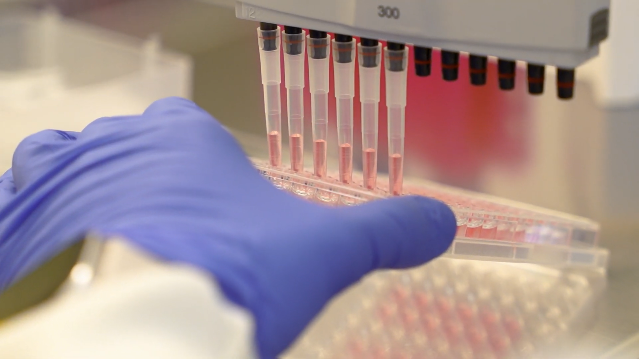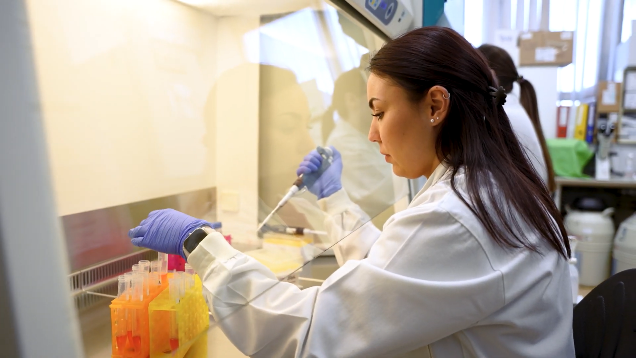| Grant: | K_21-OTKA (K 139237) |
| Amount of support: | 45.983.000 Ft |
| Duration: | 2021.09.01-2025.12.31 |
| Principal investigator: | Anikó Görbe, MD, PhD |
Summary
Ischemic heart disease is one of the leading causes of death. Although intensive research is ongoing, no breakthrough has yet been achieved in its prevention. In addition, widely used drugs can cause unexpected, serious adverse cardiac effects, especially in people who already have heart disease or other chronic conditions (hidden cardiotoxicity).
Our research focuses on a withdrawn drug with known cardiac adverse effects, through which we aim to identify important regulatory molecules and new therapeutic targets. To this end, we model oxygen deprivation in different myocardial cell types under laboratory conditions, allowing us to test the toxic and potentially protective effects of the drugs. The impact of drugs on the myocardium is analyzed at the level of cellular processes, looking for potential drug candidates and targets. The effects of key molecules are validated on cardiomyocytes, confirming their beneficial or harmful properties.
These studies will allow the development of a testing system to select safer drug candidates at an early stage of drug development before testing in patients. We also aim to discover new molecules that protect against myocardial ischemia-reperfusion injury and to detect compounds that are harmful to the heart, which could lead to significant advances in therapy.
Participating leading researchers, collaboration partners, universities, companies
The project is led by Anikó Görbe, MD, PhD, Associate Professor and Deputy Director of the Department of Pharmacology and Pharmacotherapy at Semmelweis University. The experiments using human induced pluripotent stem cell-derived cardiomyocytes are carried out in collaboration with the Molecular Cell Biology Research Group of the HUN-REN-TTK. We are also working in close partnership with Pharmahungary Group, an innovative preclinical research R&D company.
Applied methods and tools
We use RNA sequencing to examine the expression profile of cardiac microRNA and mRNA in our I/R rat model, which was treated with a drug with proven cardiotoxicity. We set up an in vitro simulated I/R model in primarily isolated rat cardiomyocytes, human iPS-derived cardiomyocytes, and AC16 cardiomyocyte cell lines. Using network bioinformatics methods, we will explore gene expression changes responsible for the side effects and validate our results by qPCR and Western blot. We will also investigate the effect of hidden cardiotoxicity in the presence of hypercholesterolemia in an in vitro cell culture model.
Pictures
Mission and benefits
A common reason for withdrawing drugs from the market is late recognition of serious side effects, which puts patients at risk and increases the cost of drug development. The present research aims to identify key molecules and mechanisms of action of a known cardiotoxic drug by investigating its mechanism of action. Preclinical investigation of this may help to develop more effective drug development strategies and to detect drug side effects sooner.


